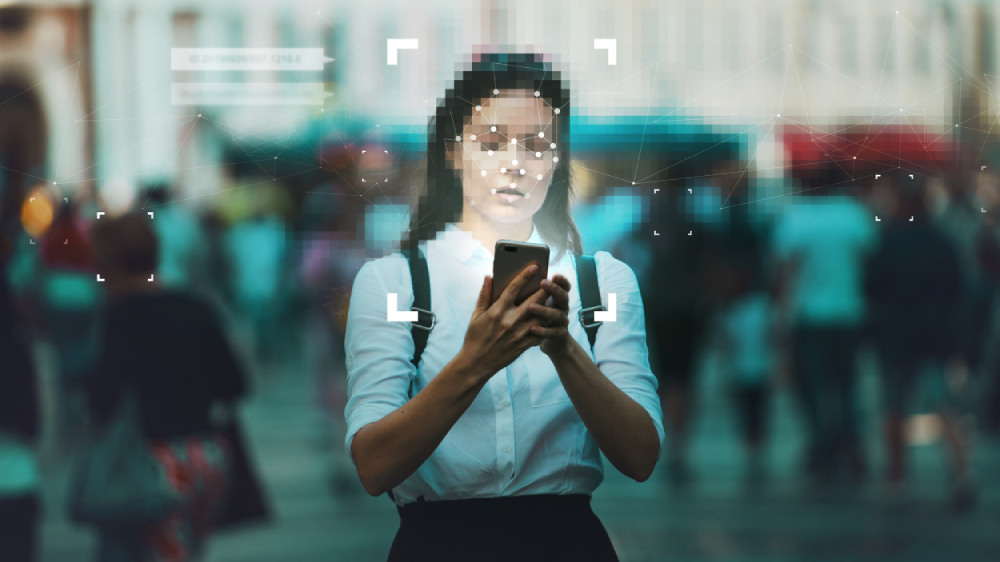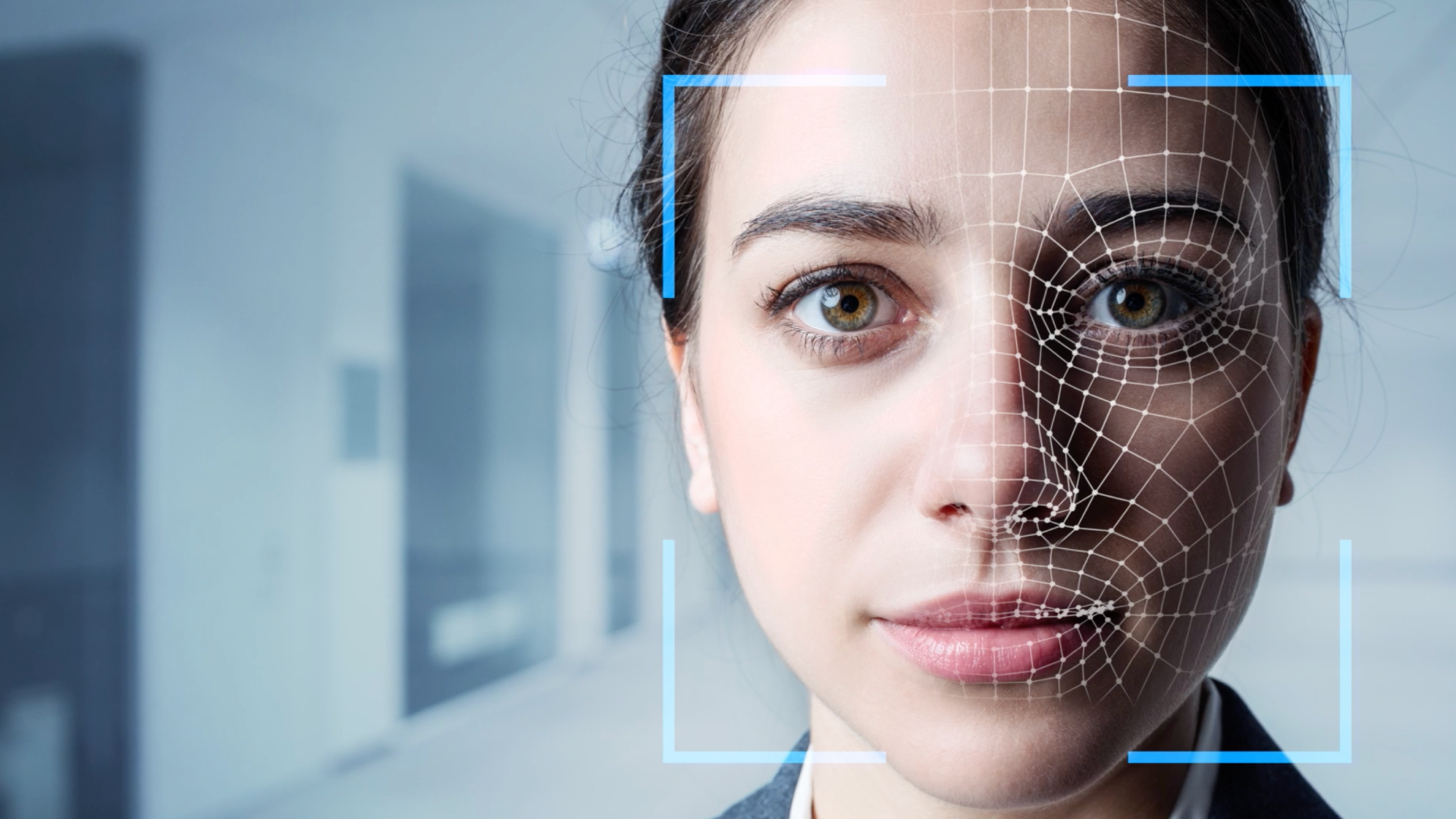The Mobile Future of Post-Pandemic Travel
.jpg?width=1250&name=MicrosoftTeams-image%20(35).jpg)
An Uncertain Path to Recovery
The International Air Transport Association (IATA) describes 2020 as the “Worst Year in History for Air Travel Demand.” Fuelled by COVID-19, international passenger demand fell 75.6%, below 2019 levels, while domestic demand was down 48.8% compared to 2019.
According to IATA, true recovery will only be possible when governments align with industries to develop standards for vaccination, testing, and validation that can restore public confidence. Yet, people still have a deep yearning to travel -- despite the restrictions put in place to protect them during the pandemic.
Increased vaccine distribution has encouraged some movement on the domestic travel front, and some limited excursions in the international arena. However, social distancing and minimising physical contact remain high on the agenda for air travel stakeholders, creating challenges to airport logistics, infrastructure, and the safe movement of passengers.
One simple instrument has the potential to assist in meeting many of these challenges: the humble smartphone.
New Uses for A Familiar Commodity
Having long been accustomed to using mobile apps and the internet to shop, interact with others, check the weather, etc., today’s travellers view the use of smartphones to book a journey, check-in, move through airports, and board a plane, as the logical next step.
In the context of air travel, it’s possible to use the smartphone for a number of purposes, such as:
- To create the passenger ID with all personal information, including his/her face for biometrics, and COVID-19 vaccination certificate.
- To link the passenger information to the flight information through boarding pass capture.
- To enable passengers to have a seamless journey through the airport.
- To minimise contact with other surfaces, and limit physical interaction with others.
Mobile Initiatives in Action
In Malaysia, AirAsia is using Vision-Box Mobile ID SDK (Software Development Kit) integrated in their mobile app, to allow passenger identification through their Fast Airport Clearance Experience System (F.A.C.E.S) solution. The Mobile ID SDK enables AirAsia to capture high-quality facial recognition data, allowing passengers to enroll before going to the airport and have their biometrics registered for a seamless experience.
Respecting Passenger Data Privacy
Corporate Social Responsibility and trusting that personal information remains private are high on the agenda for today’s consumers and organisations, in light of data privacy regulations such as GDPR.
Vision-Box follows the concept of a self-sovereign identification process through the complete integration between Vision-Box's Seamless Journey Platform and all different touchpoints, whereby:
- The passenger is the owner of the information and only needs to share what they want with whomever they want.
- The information is only used while the flight is active.
- After the flight the information is not kept in the system -- and of course not shared with anyone, unless the passenger allows it.
Extended Uses for Mobile Through the Air Travel Ecosystem
A mobile app fully integrated within the air travel ecosystem essentially gives the passenger a remote control that they can use to fine-tune and plot the various aspects of their journey. So in essence, a single console can serve as their medium to communicate their personal preferences with regard to food, beverages, or in-flight entertainment. That same platform can also enable them to browse and make purchases at airport shops and concession stands.
Interactive and real-time communication also makes the mobile app platform ideal for receiving real-time information and alerts, or for initiating changes in response to current conditions.
In the near future, we can expect mobile and personal devices to play a significant role in helping passengers and other stakeholders in the air travel industry to prepare a quicker path to recovery.
Publish date: November 2021










